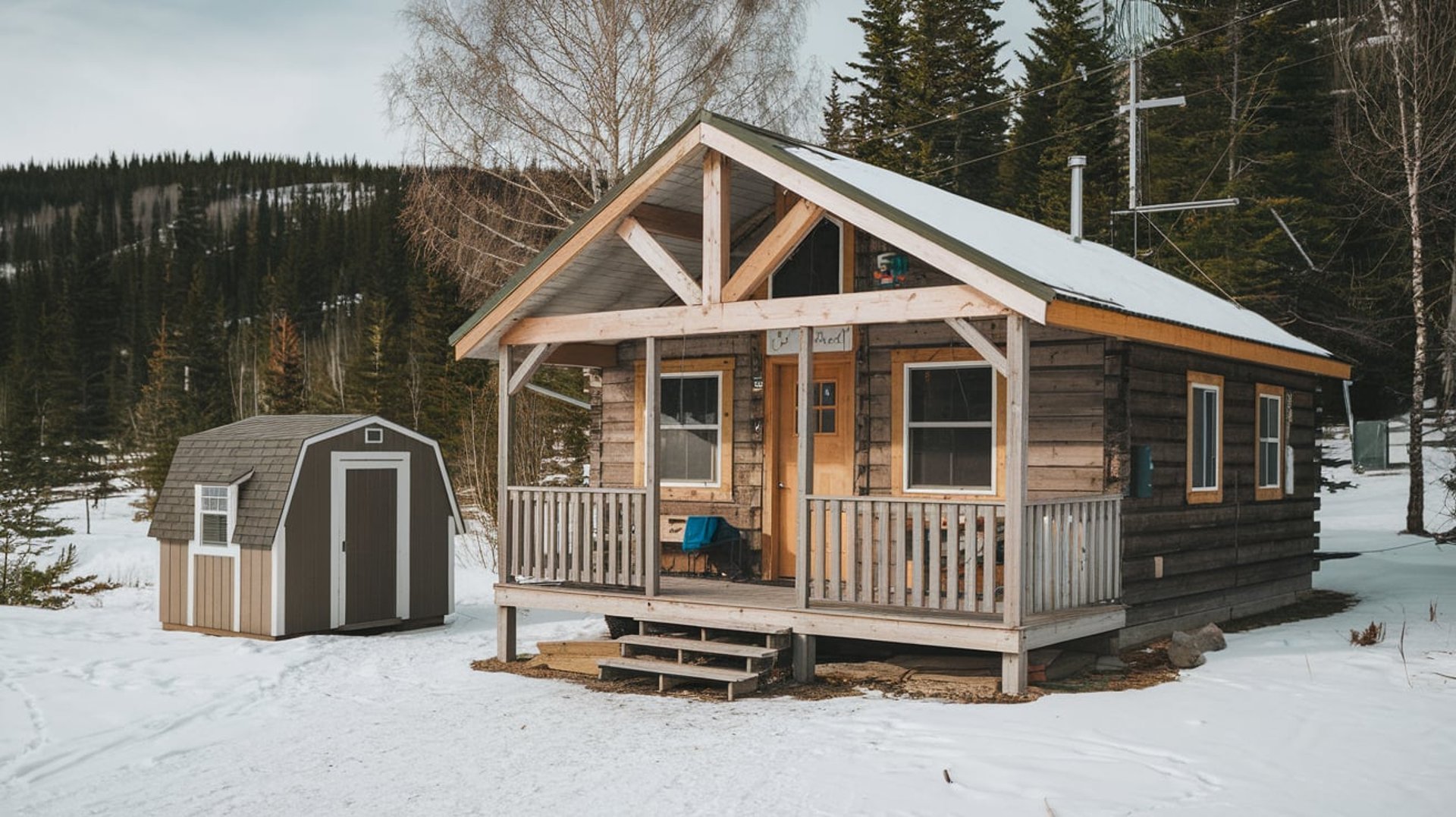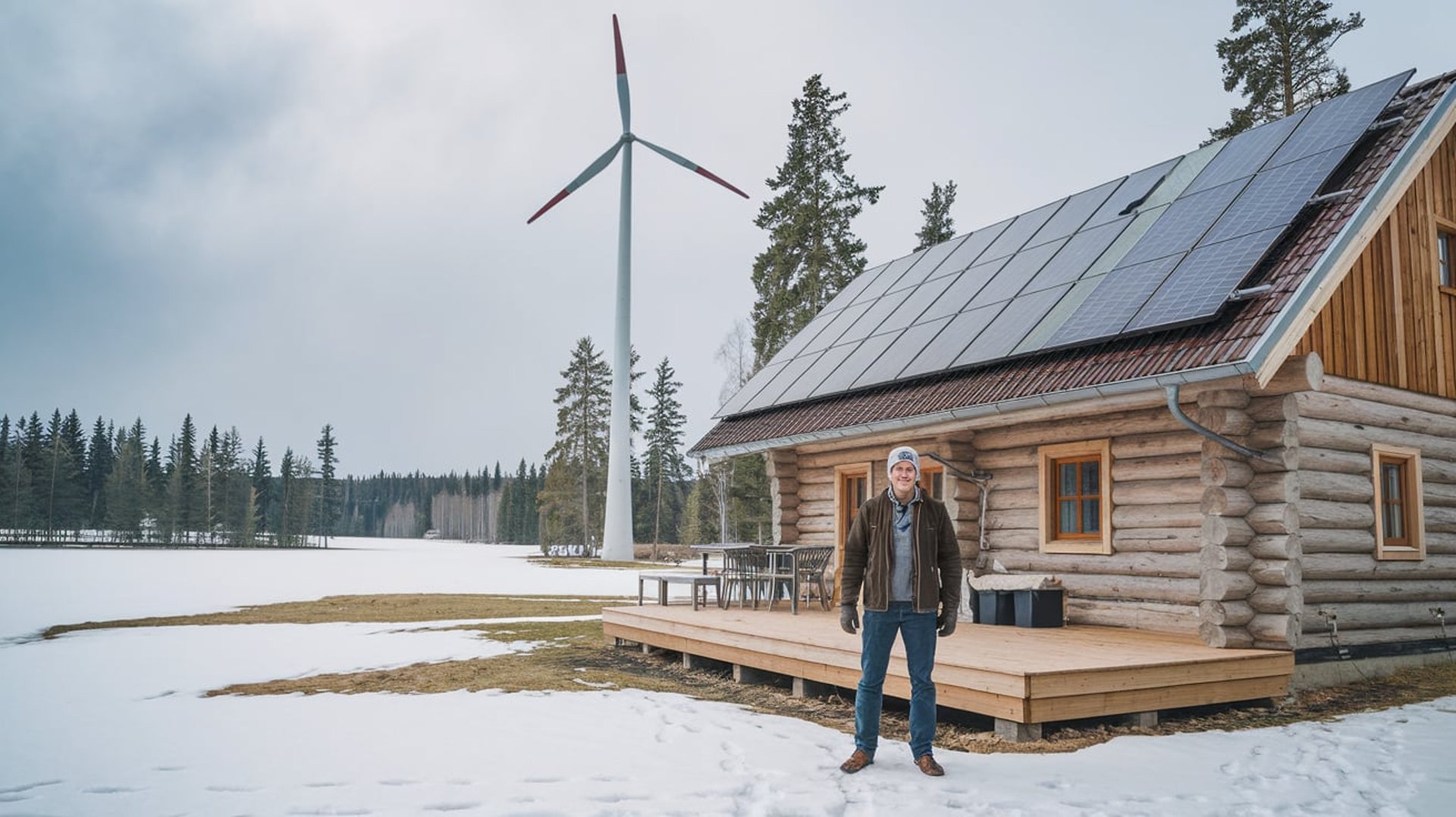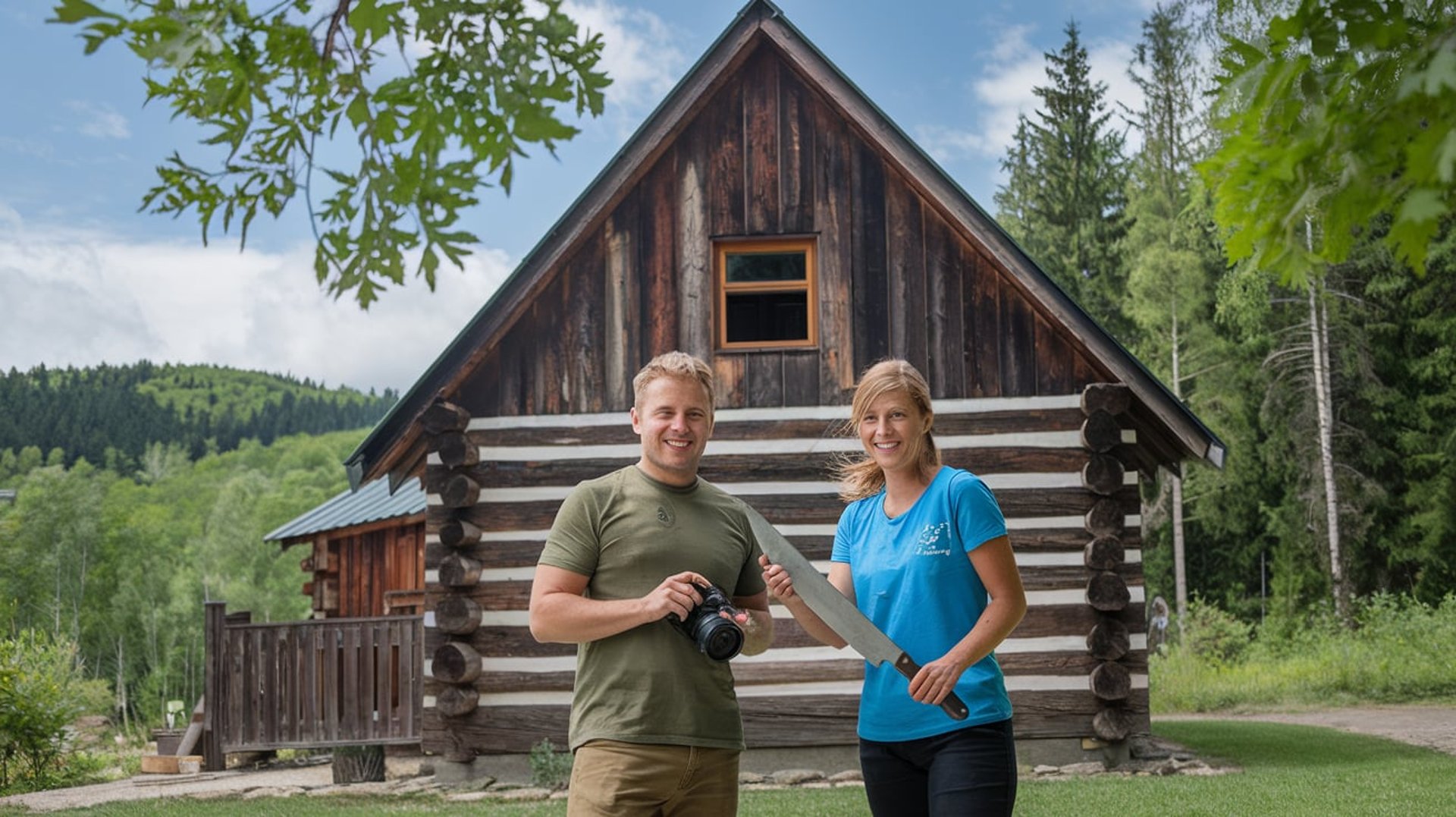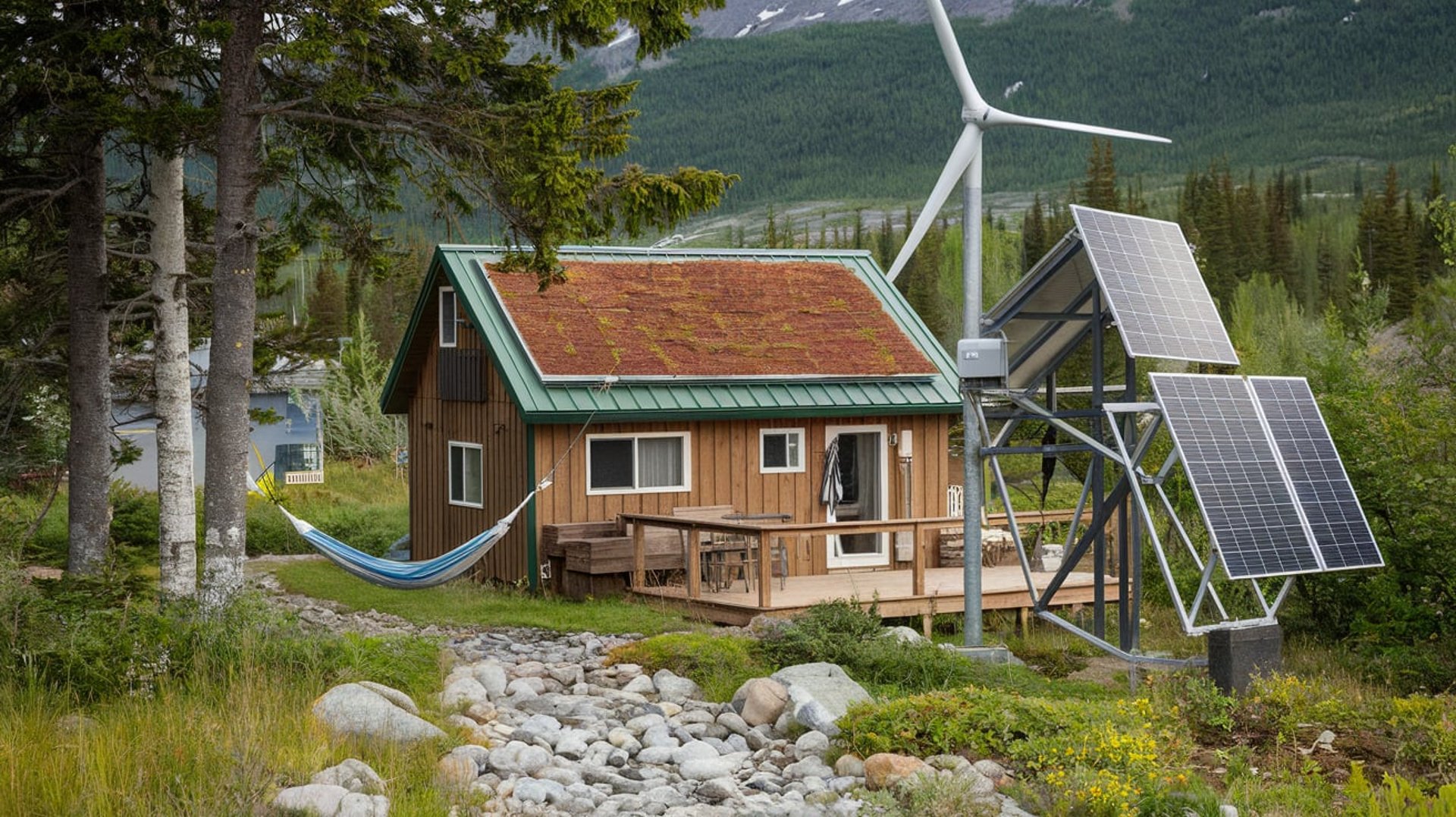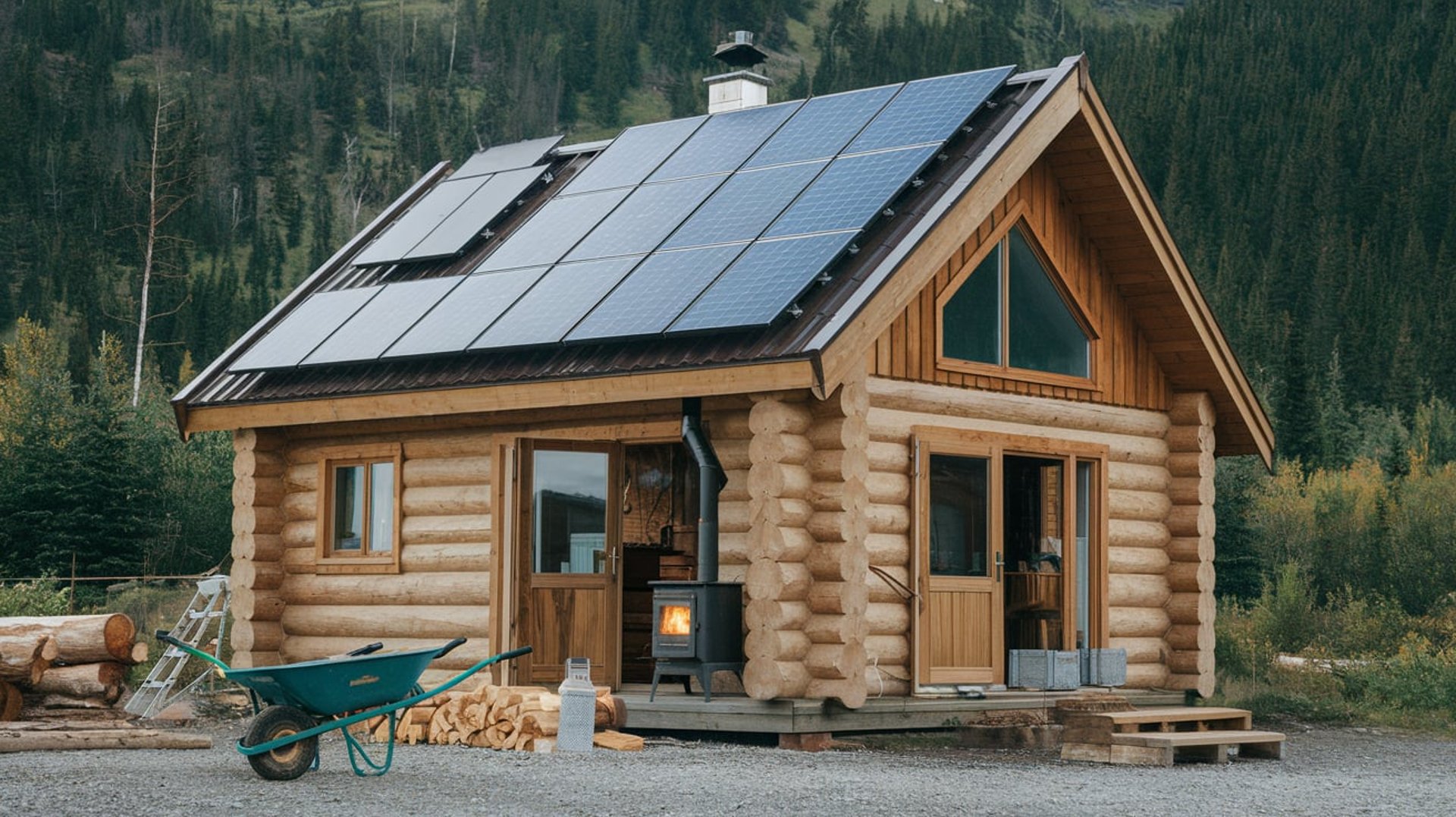Off Grid Living in Alaska: A Guide to Sustainable Independence in the Last Frontier
Off-grid living in Alaska presents unique challenges and rewards that attract those seeking a lifestyle closer to nature. Building a sustainable life away from urban conveniences requires careful planning, resourcefulness, and an understanding of the Alaskan environment. The remoteness and beauty of Alaska can offer an unparalleled living experience for those willing to embrace self-sufficiency.
For many, this means developing skills that go beyond simple survival. It involves finding energy solutions adapted to the harsh climate, establishing reliable communication methods, and gaining knowledge about the local wildlife and ecosystem. Each of these aspects plays a crucial role in ensuring a successful off-grid lifestyle in one of the most breathtaking but demanding states in the U.S.
Fostering a thorough understanding of these elements can empower individuals looking to make the leap into off-grid living. By addressing the critical aspects of preparation, energy, and connectivity, newcomers can better equip themselves to thrive in Alaska's wilderness.
Key Takeaways
Knowledge of sustainable practices is essential for successful off-grid living.
Energy solutions must be tailored to withstand Alaska's harsh conditions.
Understanding the local ecosystem enhances safety and self-sufficiency.
Understanding Off-Grid Living in Alaska
Off-grid living in Alaska involves unique legal frameworks and environmental challenges. Residents must navigate regulations while preparing for harsh climate conditions that impact daily life.
Legal Considerations
In Alaska, off-grid living requires awareness of zoning laws and land use regulations. Many areas are subject to specific building codes that affect how homes can be constructed and what systems can be installed.
Permits might be needed for structures, waste disposal, and water collection systems. Residents should check with local authorities to ensure compliance.
Additionally, water rights can vary significantly across regions, impacting access to fresh water sources. It is crucial for individuals to research state laws governing property ownership and resource utilization to avoid legal complications.
Climate Challenges
The climate in Alaska presents significant challenges for off-grid living. Winters are long and harsh, with temperatures often dropping below zero. This requires robust heating systems, and many residents rely on wood stoves or other alternative heating sources.
Limited daylight hours during winter can affect solar energy production. This necessitates backup energy sources like generators or battery storage systems to maintain power supply.
Snow can accumulate heavily, impacting access to homes and causing structural concerns. Preparing for snow loads and ensuring roofs can handle weight is essential for safety. These climate considerations must be integrated into the planning and design of off-grid systems.
Preparation and Survival Skills
Living off-grid in Alaska requires meticulous preparation and essential survival skills. Individuals must be equipped to build sustainable shelters, secure reliable water sources, procure food, and maintain health and safety.
Building Sustainable Shelters
Building a shelter that withstands harsh Alaskan winters is crucial. Selecting the right materials is essential; wood is commonly used due to its insulation properties.
Key considerations include:
Location: Choose a site away from potential hazards, like avalanches or flooding.
Design: Incorporate thick walls and a sloped roof to shed snow.
Ventilation: Proper airflow prevents moisture buildup, which can lead to mold.
Insulating the shelter with materials like straw bales or foam boards enhances warmth and reduces heating costs.
Securing Water Sources
Access to clean water is vital for survival in an off-grid lifestyle. In Alaska, options include sourcing from rivers, streams, or melting snow.
Important steps include:
Finding a source: Look for flowing water for better quality.
Filtration: Use water filters or boil water to eliminate pathogens.
Storage: Create containers to store water, avoiding contamination.
It’s wise to have backup options in case primary sources freeze or are unavailable.
Food Procurement and Storage
Sourcing food sustainably is essential in the Alaskan wilderness. Individuals can rely on hunting, fishing, and foraging.
Methods include:
Hunting: Familiarity with local wildlife regulations is key. Common game includes deer and moose.
Fishing: Ice fishing during winter and regular fishing in rivers during warmer months provide ample supply.
Foraging: Identifying edible plants and berries boosts food variety.
Storage solutions, such as root cellars and dehydrators, help preserve food for the long winter months.
Planning for Health and Safety
Health and safety should be prioritized in off-grid living. Knowing first aid and emergency response can save lives.
Crucial measures include:
First aid kit: Equip a comprehensive kit with bandages, antiseptics, and essential medications.
Emergency plan: Develop a plan for extreme weather events and other emergencies.
Maintenance: Regularly check equipment and supplies to ensure functionality and readiness.
Staying informed about local conditions and having communication methods can enhance safety in remote areas.
Energy Solutions for Alaskan Off-Grid Life
Living off-grid in Alaska requires reliable energy solutions, given the state's unique climate and remote locations. Key options include solar power, wind energy, and effective backup systems to manage energy demands.
Solar Power Implementation
Solar panels can be a vital energy source for Alaskan off-grid living. The availability of sunlight varies, particularly in winter, but advancements in solar technology have improved efficiency in low-light conditions.
Key considerations for solar power:
Panel Selection: Choose high-efficiency panels designed for cold climates.
Battery Storage: Opt for lithium-ion batteries to store energy for cloudy days.
Inverters: Utilize MPPT (Maximum Power Point Tracking) inverters for better performance.
Installing panels on south-facing roofs maximizes sun exposure. Regular maintenance ensures optimal performance during the short summer months, while strategic positioning helps capture any available sunlight throughout the year.
Wind Energy Potential
Wind energy offers a complementary solution to solar power. Alaska’s wind patterns can deliver significant energy, especially in coastal and elevated areas.
Important factors for wind energy:
Turbine Location: Site turbines away from obstructions for improved airflow.
Wind Resource Assessment: Conduct surveys to determine average wind speeds.
Permits: Ensure all necessary local permits are obtained before installation.
Small-scale wind turbines, capable of generating several kilowatts, can effectively supplement solar systems. Combining both sources can provide a more stable energy supply throughout the year.
Backup Power Strategies
Backup power strategies are crucial for managing energy shortages during extreme weather or equipment failure. Utilizing multiple backup options creates a resilient energy system.
Backup options include:
Generators: Diesel or propane generators can provide immediate power.
Hybrid Systems: Combine solar, wind, and generators for reliable energy.
Fuel Storage: Maintain adequate fuel supplies for extended outages.
Regular maintenance of backup systems is essential to ensure functionality when needed most. A well-thought-out backup strategy enhances energy security, allowing for a sustainable off-grid lifestyle in Alaska's challenging environment.
Communication and Connectivity
Effective communication in off-grid living is essential for safety and social interaction. In Alaska, limited infrastructure necessitates relying on specific technologies to ensure connectivity.
Satellite and Radio Options
Satellite communications are a primary option for off-grid residents in Alaska. Services like HughesNet and Starlink provide reliable internet access. Satellite phones, available through companies like Iridium or Inmarsat, are crucial for voice communications in remote areas.
Two-way radios, including VHF and UHF devices, are also commonly used among residents. They allow for short-range communication, essential for coordinating with neighbors or during emergencies.
Factors like distance and terrain can affect signal quality. Therefore, it's advisable to choose equipment that performs well in challenging conditions.
Navigating Isolation
Isolation in Alaska can impact mental and social well-being. Effective communication tools help mitigate feelings of seclusion. Regular check-ins with family and friends through satellite or radio can provide support.
Many residents participate in online forums focused on off-grid living, sharing experiences and advice. These communities often host virtual meet-ups, creating a sense of connection despite geographic barriers.
Establishing a routine for communication can enhance community ties. Utilizing local bulletin boards or social media groups can also keep individuals informed about nearby events or available resources.
Alaskan Wildlife and Ecosystem
Living off-grid in Alaska involves navigating a rich and diverse ecosystem. Understanding the local wildlife and engaging in responsible environmental practices is essential for those aiming to coexist with nature in this remote area.
Living Harmoniously with Wildlife
Alaska is home to a wide variety of wildlife, including bears, moose, caribou, and numerous bird species. Residents must be aware of these animals and their behaviors to coexist peacefully.
Implementing strategies to minimize human-wildlife conflicts is crucial. For example:
Bear-proof containers for food storage
Fencing to protect gardens
Educating oneself about animal habits
These practices contribute to a safer living environment. Respect for wildlife ensures sustainable cohabitation, allowing humans and animals to thrive side by side.
Environmental Stewardship
Environmental stewardship is vital in preserving Alaska's unique ecosystems. Individuals living off-grid must practice sustainable land management. This includes:
Reducing waste through composting and recycling
Using renewable energy sources like solar or wind
Participating in local conservation efforts helps protect habitats and biodiversity. Engaging in responsible fishing and hunting practices also fosters a balanced ecosystem.
Awareness and education about local flora and fauna contribute to a deeper respect for the natural world. By prioritizing stewardship, residents play a part in maintaining Alaska’s natural beauty and ecological integrity.



